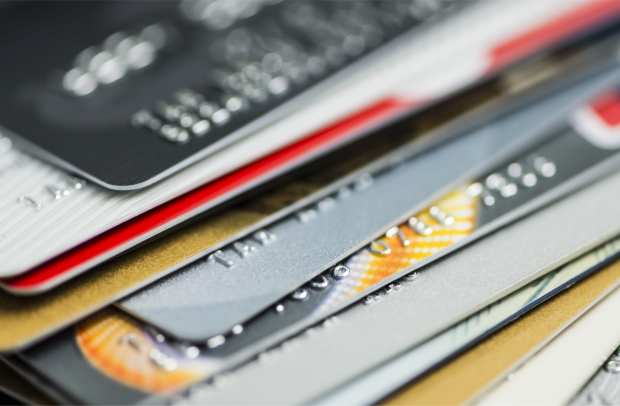Average US Credit Card Rates Top 27 Pct. In May

It costs more than ever to pay with a credit card in the U.S., with many consumers paying 17 percent, the highest rate in the 25 years the Federal Reserve has made the calculation, the Financial Times reported on Tuesday (Aug. 6).
Although the Federal Reserve’s rate cuts are in effect, it doesn’t mean the reduction will trickle to credit card consumers. A Creditcards.com survey indicated that the average rate at the end of July was 17.8 percent.
Analysts said lawmakers and customers are both factors in the rate hikes by card-issuing banks, according to the report.
Broker John Hecht of Jefferies told the news outlet that since the CARD Act of 2009, banks have been pricing in more risks since the law says card issuers “can’t reprice you once they sell you a card,” he said.
Customers also lost track of rates, lured instead by cash-back rewards and other perks, Hecht said, noting, “competition in cards doesn’t take place in terms of rates but in terms of rewards.”
Rates are usually determined by tacking on a surcharge based on the prime rate, which is set by the Federal Reserve. In May, cardholders were facing an average rate of 16.9 percent and many feared it could negatively affect consumer spending, which has an effect on the overall economy.
Credit card losses at the biggest banks outpaced auto and home loans in May, with the biggest margin seen in the last 10 years. As the credit costs increase, many banks are going through a slowdown in card spending due to the delinquencies, which translates to less collected fees from merchants. The problem is not yet out of hand since the economy remains strong and the unemployment rate is low. Even new foreclosures and bankruptcies fell to a level not seen in 15 years.
Profits are still rising, with JPMorgan Chase, for example, reporting that profits from the consumer division were up 19 percent in Q1.
